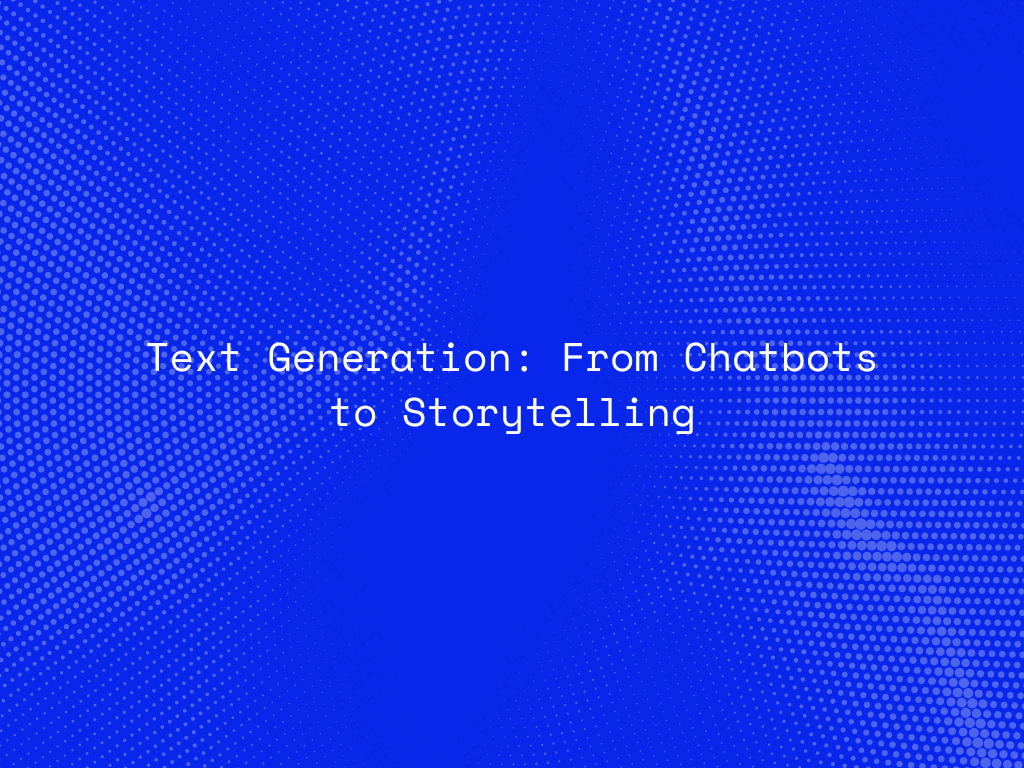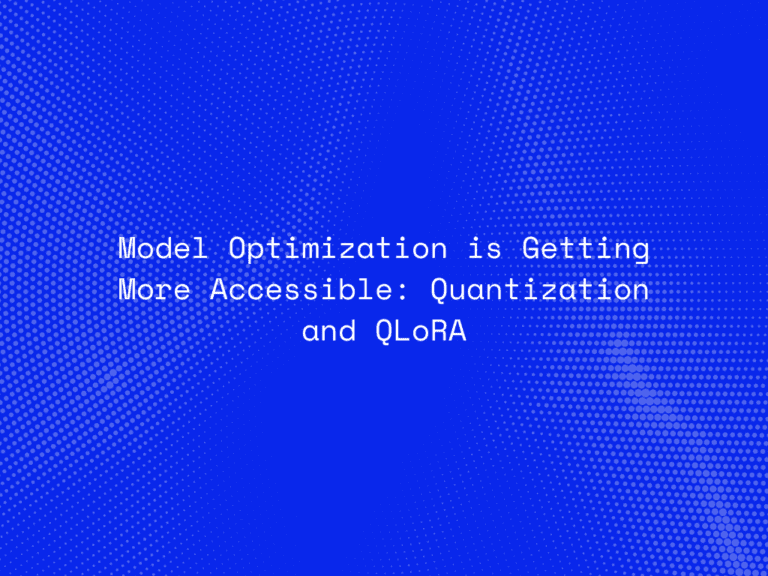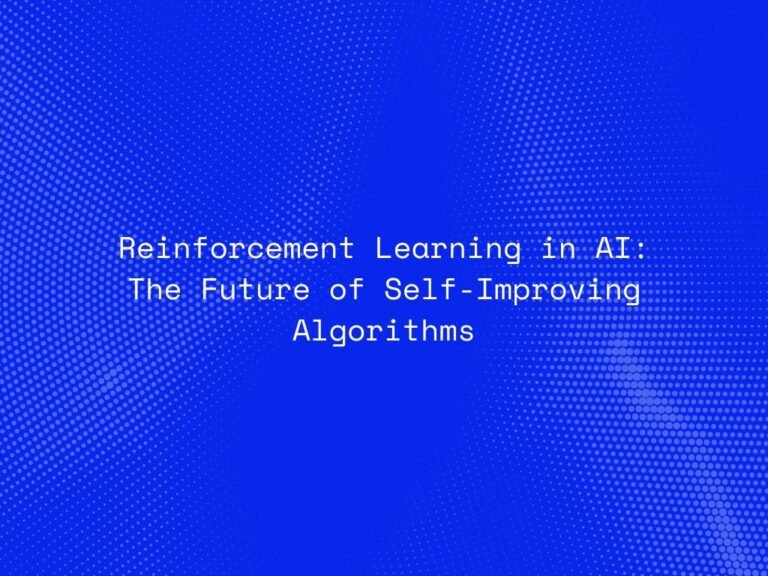Text generation, a fascinating subfield of artificial intelligence (AI), involves creating coherent and contextually relevant text based on input data. From chatbots that assist with customer service to AI models that generate creative stories, text generation technologies are transforming how we interact with machines and consume content. This blog explores the evolution, applications, and future of text generation.
The Evolution of Text Generation
Early Beginnings
Text generation started with basic rule-based systems, where predefined rules were used to generate text. These systems were limited by their rigidity and lack of contextual understanding.
The Rise of Machine Learning
With the advent of machine learning, text generation models began to improve. Algorithms like Markov chains and hidden Markov models introduced probabilistic approaches to predict the next word in a sequence.
Neural Networks and Transformers
The introduction of neural networks, particularly recurrent neural networks (RNNs) and long short-term memory (LSTM) networks, marked a significant leap. However, the true revolution came with the development of transformer architectures, exemplified by models like OpenAI’s GPT series. These models leverage attention mechanisms to understand context and generate high-quality text.
Applications of Text Generation
Chatbots and Virtual Assistants
One of the most widespread applications of text generation is in chatbots and virtual assistants. These AI-powered tools can engage in human-like conversations, providing customer support, answering queries, and performing tasks.
Examples:
- Customer Service: Automated support systems for resolving customer issues.
- Personal Assistants: Siri, Alexa, and Google Assistant aiding users with daily tasks.
Content Creation
Text generation is transforming content creation, enabling automated writing of articles, blog posts, and social media updates. This technology saves time and resources while maintaining a high level of quality.
Examples:
- News Articles: AI-generated news summaries and reports.
- Marketing: Automated generation of product descriptions and advertisements.
Creative Writing and Storytelling
Generative AI is making its mark in creative writing, where it assists authors in drafting stories, poems, and scripts. These models can generate plots, dialogues, and narratives, inspiring new forms of storytelling.
Examples:
- Collaborative Writing: AI as a co-author in novels and screenplays.
- Poetry Generation: Creating poems with stylistic and thematic coherence.
Educational Tools
In education, text generation models help create personalized learning materials, quizzes, and summaries, enhancing the learning experience for students.
Examples:
- Study Aids: Automated generation of study guides and practice questions.
- Language Learning: AI-powered tools for practicing and improving language skills.
Connect With Us
Challenges and Ethical Considerations
Ensuring Quality and Coherence
Generating text that is not only grammatically correct but also contextually relevant and coherent remains a challenge. Advanced models like GPT-4 address this by leveraging vast datasets and sophisticated training techniques.
Mitigating Bias
AI models can inadvertently learn and propagate biases present in their training data. Ensuring fair and unbiased text generation is crucial, requiring ongoing efforts to curate balanced datasets and implement bias-mitigation strategies.
Ethical Use
The potential for misuse of text generation technologies, such as generating misleading information or deepfakes, underscores the need for ethical guidelines and robust content moderation mechanisms.
The Future of Text Generation
Advancements in AI Models
As AI models continue to evolve, we can expect even more sophisticated text generation capabilities. Future models will likely achieve greater contextual understanding, creativity, and personalization.
Integration with Other Technologies
Text generation will increasingly integrate with other technologies, such as voice synthesis and augmented reality, creating immersive and interactive experiences.
Democratization of Content Creation
With advancements in user-friendly AI tools, content creation will become more accessible, enabling individuals and small businesses to leverage AI for their creative and communication needs.
Conclusion
Text generation, from chatbots to storytelling, is revolutionizing how we create and interact with text. As AI technology continues to advance, the potential applications of text generation are boundless, promising a future where human and machine creativity converge to produce richer, more engaging content.
What are your thoughts on the impact of text generation? Share your comments and join the conversation below!




